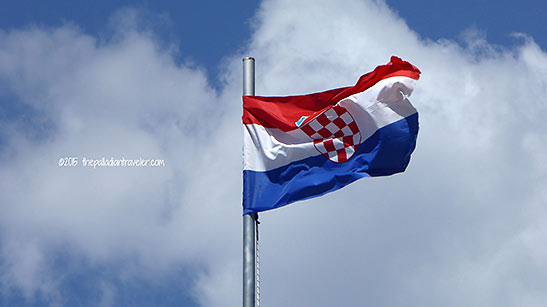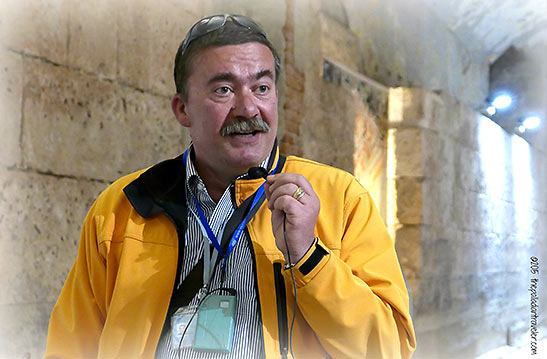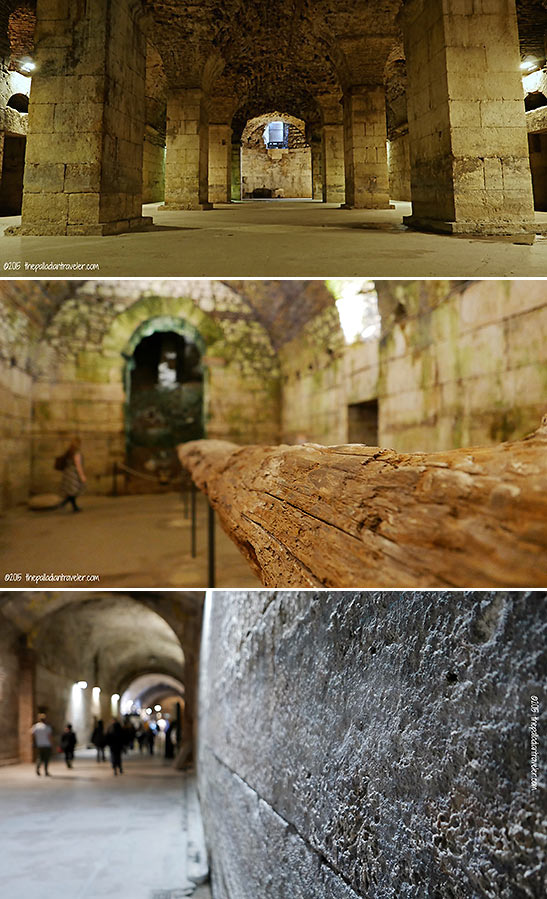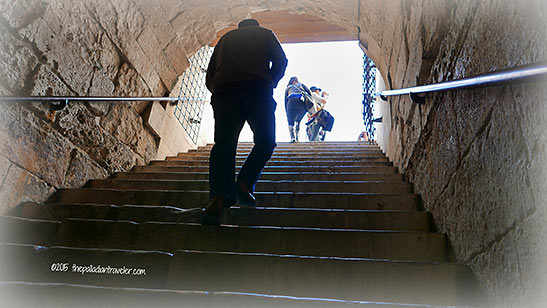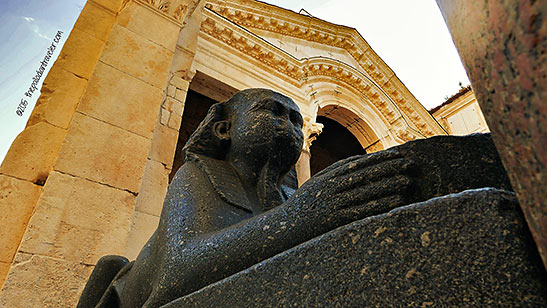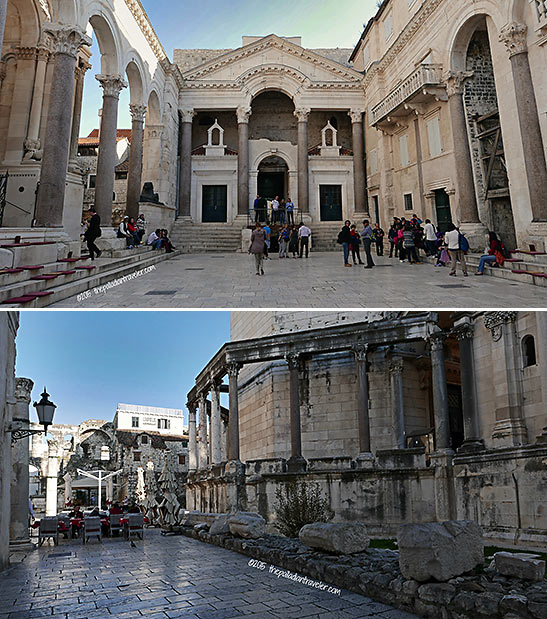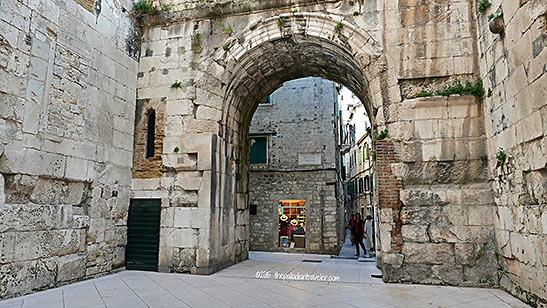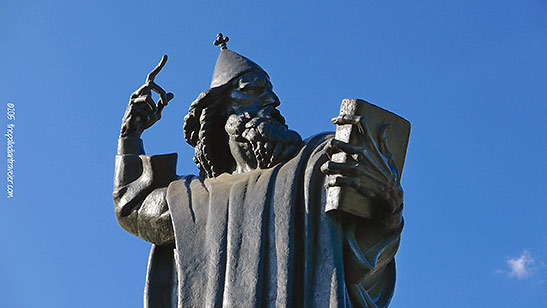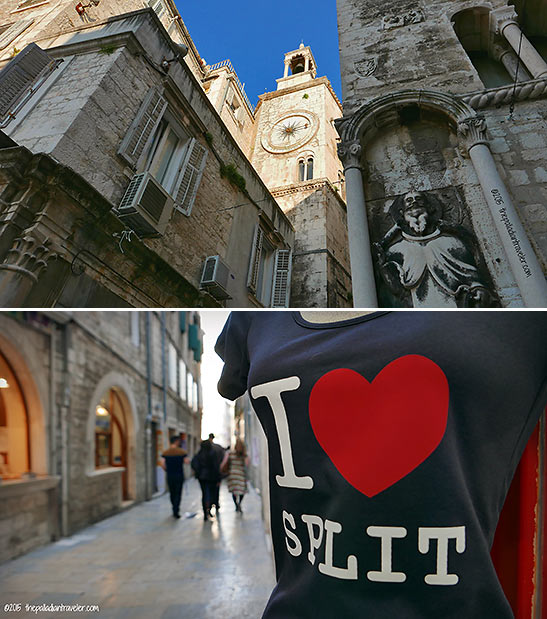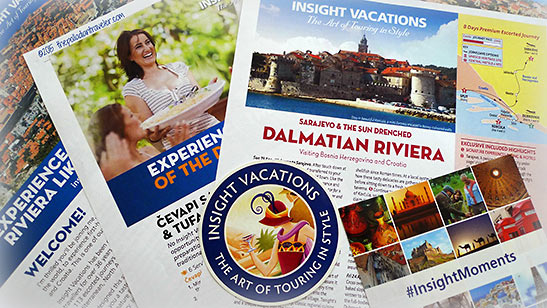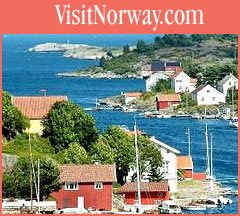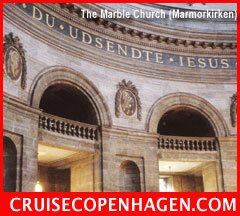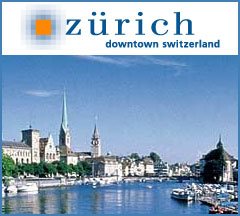 |
 |
|
 |

|
Destination Dalmatian Riviera:
Diocletian's Seaside Digs (Dispatch #9) Story and photos by Tom Weber
Croatia's second largest city, Split is a true jewel fronting the turqoise-to-sapphire-colored Adriatic Sea along the sun-drenched Dalmatian Coast, where once upon a time sandal-clad legions of the Roman Empire ruled the day and those money-mad merchants of the Most Serene Republic of Venice wheeled and dealed. With no time on our schedule to grab a few rays, we're greeted by Damir, a local-area expert, and fast-tracked – there's no waiting in line when you travel with Insight, by the way – down into the bowels of Split's main attraction: Roman Emperor Diocletian's massive, 4th century A.D. retirement palace.
"The ancient complex of Split, including this palace," notes Damir, "was awarded UNESCO World Heritage status back in 1979." In rapid-fire cadence, Damir adds, "It was a military fortress, an imperial residence and a fortified town all rolled into one, and measures 215 meters from east to west and 181 meters wide at its southernmost point. All together, Diocletian's retirement home covers 31,000 square meters."
Visible to the camera lens down here, where it's nice and cool, are the substructure's massive stone supports – easily recognizable as the throne room set for Daenerys Targaryen and her cuddly dragons in the Game of Thrones, the hit U.S. fantasy-drama TV series – some original wooden beams, and the remains of the palace's, ahem, sewage system.
Following our underground primer, Damir leads us out of the dark and into the bright sunlight via a steep, ancient stone staircase, similar to that climbed by Roman general-turned-gladiator Maximus Decimus Meridus when he entered the Colosseum of Rome. The only difference, this "band of merry media" didn't sign up for hand-to-hand. MAXIMUS! MAXIMUS! MAXIMUS!
Diocletian didn't hold back with the ducats, as he spared no expense in the building of his "pad for a pensioner."
White stone from the nearby island of Brač, the very same kind used in the construction of the U.S. White House, changes color constantly with the passage of the sun. Marble was imported from Italy and Greece, while twin sphinxes were shipped over from Egypt. And oodles of columns dot the intimate labyrinth of narrow alleyways of this ancient, atmospheric town within a palace. But wait, there's more!
Four massive, monumental gates provide entry/exit into the palace complex, all named after a metal: Porta Aurea (Golden), Porta Argenta (Silver), Porta Ferrea (Iron) and Porta Aenea (Bronze).
And, just beyond the palace's walls stands a city landmark: a statue of Medieval bishop Grgur Ninski (Gregory of Nin) by celebrated Croat sculptor Ivan Mestrovic. Be sure and rub Greg's big left toe for guaranteed good luck.
More than just a transport hub for ferry hopping out to the islands of the Dalmatian Archipelago, Split is undergoing a major nip and tuck to keep the tourists closer to its cobble.
Noteworthy is the lengthy, palm tree-lined old Riva (seafront) that's replaced worn-out slabs of concrete with more elegant-looking, feet-friendly stone pavers.
The promenade is dotted with plenty of bars and eateries. Just grab a table under one of the large umbrellas fronting the palace, order an aperitif and sit back and enjoy the views of that turquoise-to-sapphire-colored Adriatic Sea. And, don't forget to raise your glass and give thanks to Emperor Diocletian. He deserves it!
For complete information on Insight's premium and luxury-escorted itineraries, including 110+ journeys throughout Europe, just click HERE, or call toll free 1-888-680-1241, or contact your travel agent.
Join me and the rest of the "band of merry media" tomorrow morning when we head for Dalmatia's Pelješac Peninsula, hop on a fishing tug moored in Mali Ston and roust a few oysters fast asleep in their beds out in the cool Adriatic. Related Articles:
|
|
Feedback for Destination Bosnia: Inside Sarajevo's Tunnel of Hope Spent time in Sarajevo in the fall of 1973…beer was excellent! --- David * * * * Hi Tom, I must say, you're photographs are always amazing. They are top notch. You bring so much class to Traveling Boy. It's photographs like yours that make me want to go out and do my own traveling. Please don't get tired of sending us your amazing adventures. It's such a delight for the soul. --- Raoul, Whittier, CA * * * * Hi Tom: --- David * * * * Hey Tom – Wow! Love those photos – they are so super that they make me A) Want to start eating NOW. B) Go there myself. C) See all that pristine beauty that looks so restful and peaceful. Great story, superb pix!!! Bravo!! --- John, Los Angeles, CA * * * * Feedback for Destination Southwestern France: Saint-Émilion Good job, Tom, and timely info. St. Émilion is in the list of places Jim Hayes and I will visit in September 2014. If we get the chance, we will exploit your experience to enhance the trip! --- Bobby Harper, Dameron, MD * * * * Feedback for Vicenza Walks – Monte Berico I lived in Vicenza for 4 years in the U.S. ARMY from 1963 to 1967. A wonderful place to explore. Palladio’s works are amazing. Have been back twice since and find new places to visit. My favorite is MONTE BERICO where I have some wonderful photos of my family. --- Dr. Albert Pizzi, Hanover, MA * * * * I liked the new TB particularly the Vicenza article that took me back as a youth when we lived in Naples and travelled up there for a baseball tourney (U.S. Military Bases dependent schools played each other.) Took me back to the plaza. --- Bill Feedback for A Canterbury Trail (Sutri) Very interesting note. I have wedroned which route the early pre-Christian and Christian pilgrims travelled to Rome from England. Is it still possible to travel the Francigena trail? --- Pawel You can find out more info on walking tours of Via Francigena at this site: http://www.compagniadeicammini.it/en/. Thanks for stopping by and commenting.. Tom * * * * Good article, enjoyed reading it. Saved your recommended sights for future use. --- Dardenne Prairie, MO * * * * You're going to be great at this Tom. Congrats. --- Donna Vissa -Montreal
|
This site is designed and maintained by WYNK Marketing. Send all technical issues to: support@wynkmarketing.com

|






